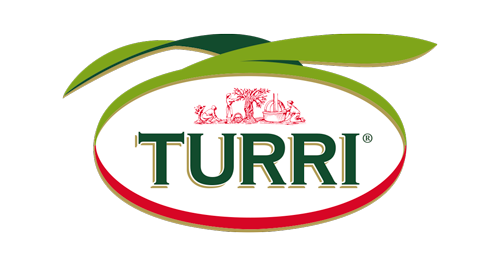Lent is the roughly six-week period extending from the end of Carnival to Easter Sunday. During this length of time, Roman Catholics abstain from consuming meat and other rich foods to commemorate the forty days of fasting that Jesus spent in the desert.
Under the reign of Charlemagne, whoever failed to abstain from meat during Lent could be sentenced to death, and to encourage fasting, during the Middle Ages the ecclesiastic authorities forbade butchers to sell meat.
The first work focusing on these eating restrictions is the Thirteenth-century French poem “Bataille de Caresme et de Charnage”, which in a parody of the chanson de geste opposes Lenten fasting and its army of fish to the carnival’s rich foods.
Hakes line up against roast cockerels, flounders and mackerels against beef, whereas eels face pork sausages. Vegetables were deployed on both sides, according to how they were dressed: peas, either raw or drizzled with a few drops of oil, fought with one army, whereas the same legumes stewed with lard battled with the other.
Up to only forty years ago, it was a near-imperative practice to abstain from eating meat and rich dishes during Lent. Because meat and animal fats were forbidden, there was only a meagre selection of edibles to choose from, among which were bread, polenta, vegetable soups, tortellini stuffed with herbs, and fresh or dried fish.
The humble star of every meal and emblem of peasant life was the saracca or herring: dry and tough, it was however reasonably cheap, and its strong smell and flavour never failed to whet appetites. One herring was enough for the entire family, and was usually served either smoked or grilled. In the poorest homes however, one herring had to do for the entire season: it hung from the ceiling over the table, and the family members could only rub their bread against it to give it a bit of flavour.
Nowadays this religious custom has died out, swept away by the waves of global culture and ready-made food. However, the heritage of Lenten recipes still remains, and these traditional fish- and legume-based are undeniably healthy and full of flavour.
Editorial by Susanna Cutini, published in A Tavola – il mensile della grande cucina italiana


